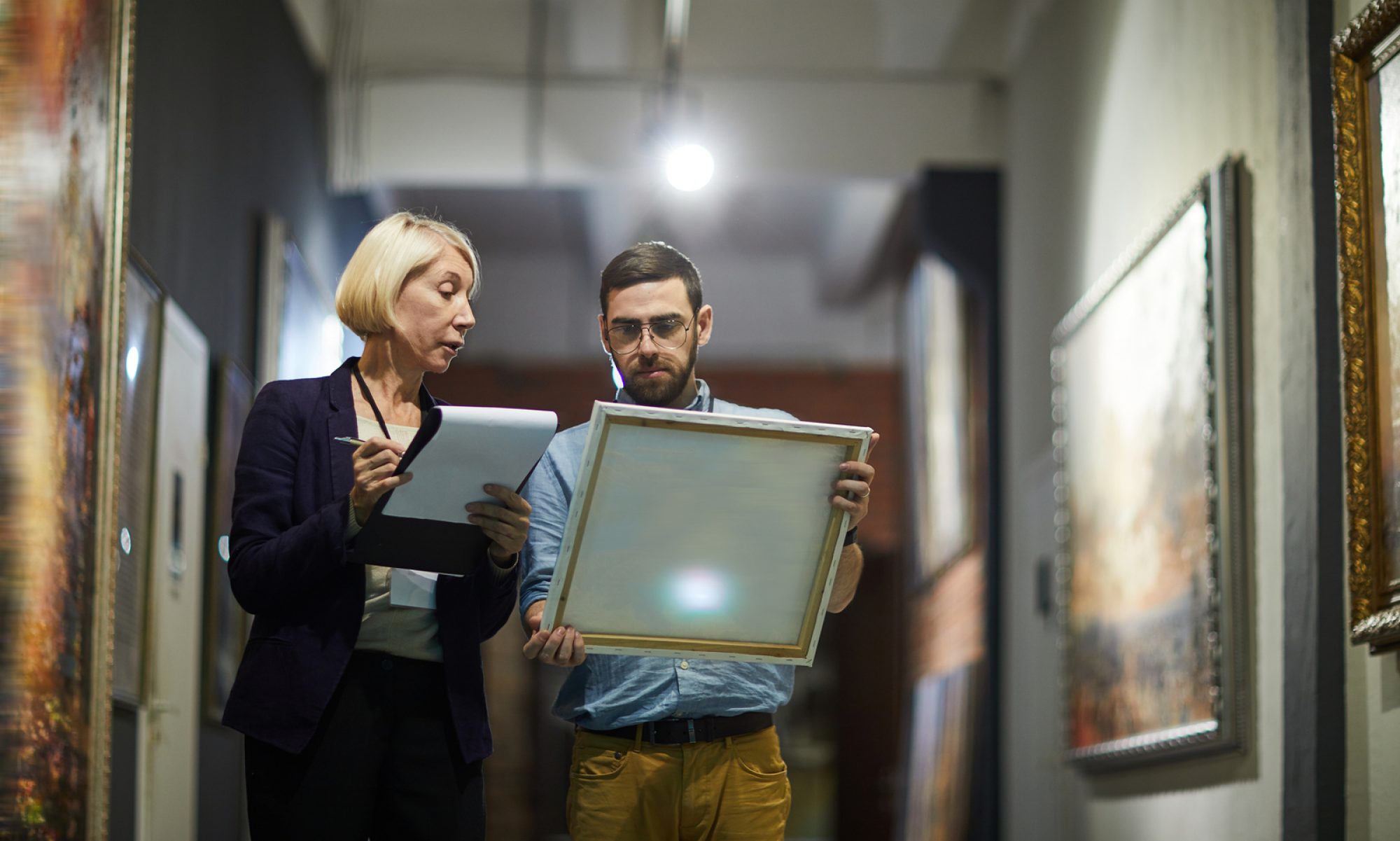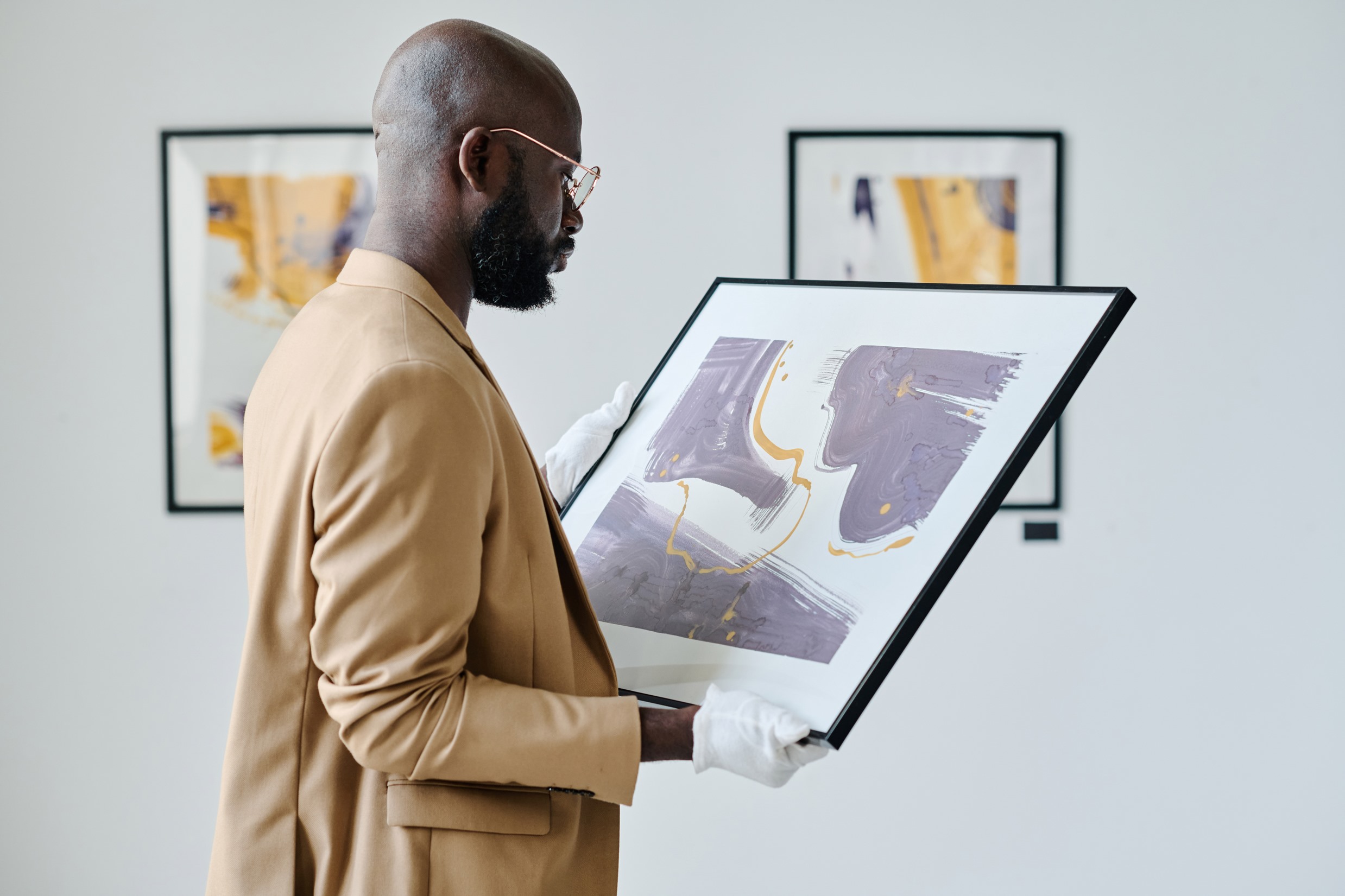Fine art authentication is a vital aspect of the professional art industry. It is an expert assessment that helps the potential buyer receive proof of the art object’s authenticity; it is also an instrument for identifying the authorship of newly found art objects. What does it take to authenticate art, and what does this process involve? Here is a guide to the key parameters of art authentication.
Stages of fine art authentication
Authentication is a multi-disciplinary process that includes the evaluation of many parameters. Here are the main authentication stages that help experts determine whether an art object is genuine.
#1 History of ownership
Also referred to as provenance, the history of an art object’s ownership can say a lot about the artwork. Experts evaluate the available documentation, such as bills of sale and auction records, to determine the full ownership trail and make conclusions about its consistency.
#2 Stylistic analysis
The next parameter is the analysis of artistic techniques and themes depicted in the canvas or embodied in a sculptural object. This analysis allows authentication experts to determine the degree of probability that a specific artist created this piece.
#3 Technical analysis
Next comes the stage of accurate artwork dating with the help of advanced technologies, such as radiocarbon dating, dendrochronology (for art objects made of wood or painted on wood panels), and brushstroke analysis under a microscope. Innovative analytical techniques also include infrared X-ray analysis that helps identify added layers of drawings, overpainted signatures, and alterations made to old artwork at later periods. Some experts also employ digital texture analysis.
#4 Analysis of signature and encryptions
If the artwork is signed by the artist, authentication experts need to verify whether the place of signing the art object is consistent with the artist’s habits. Besides, the ink or paint composition of the signature is analyzed to make sure it was really the original artist who signed the artwork during the presumed period.
#5 Expert consensus
The final stage of artwork authentication is a scholarly consensus on whether this art object can really be attributed to a particular artist. Conclusions are made based on the aforementioned test results and can diverge, requiring further analysis.
As you can see, fine art authentication is a meticulous process during which experts need to consider several vital parameters to determine the art object’s authorship and market value. Yet, by following professional standards and protocols, art experts can give solid guarantees of the artwork’s genuineness and secure the financial interests of collectors.

